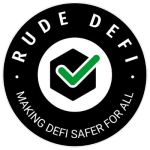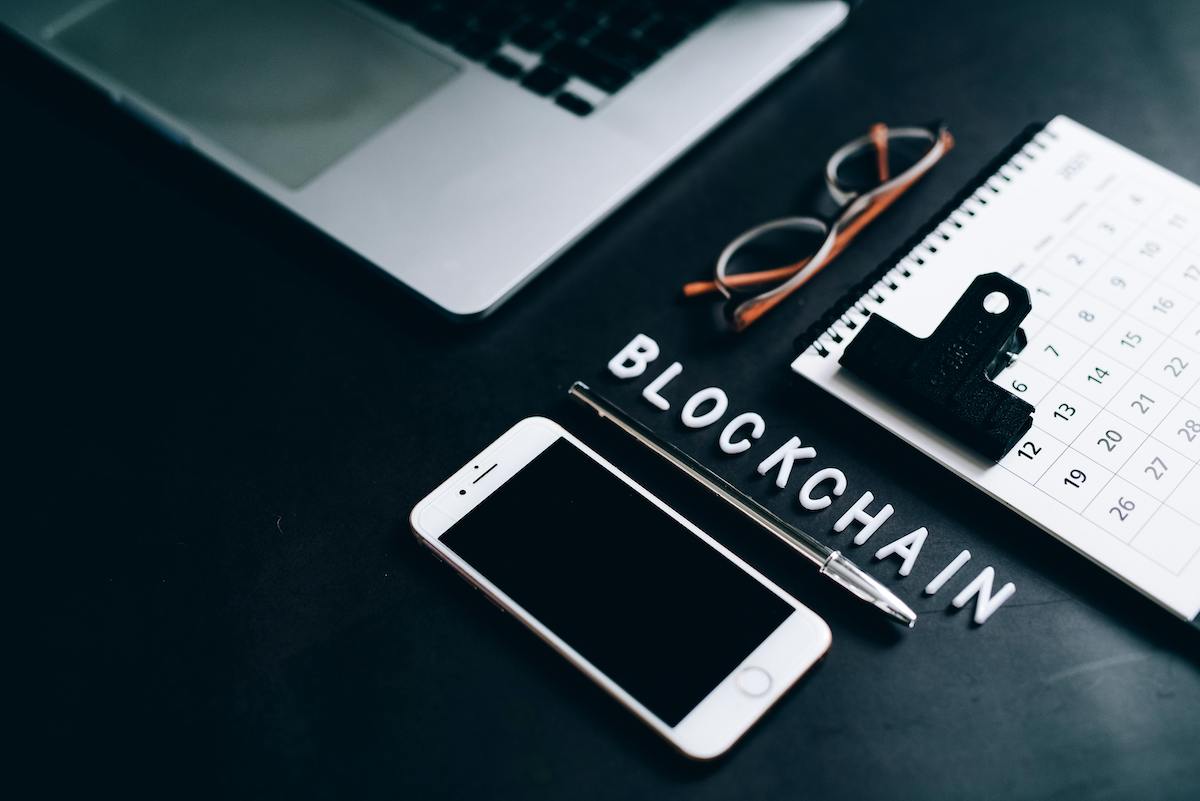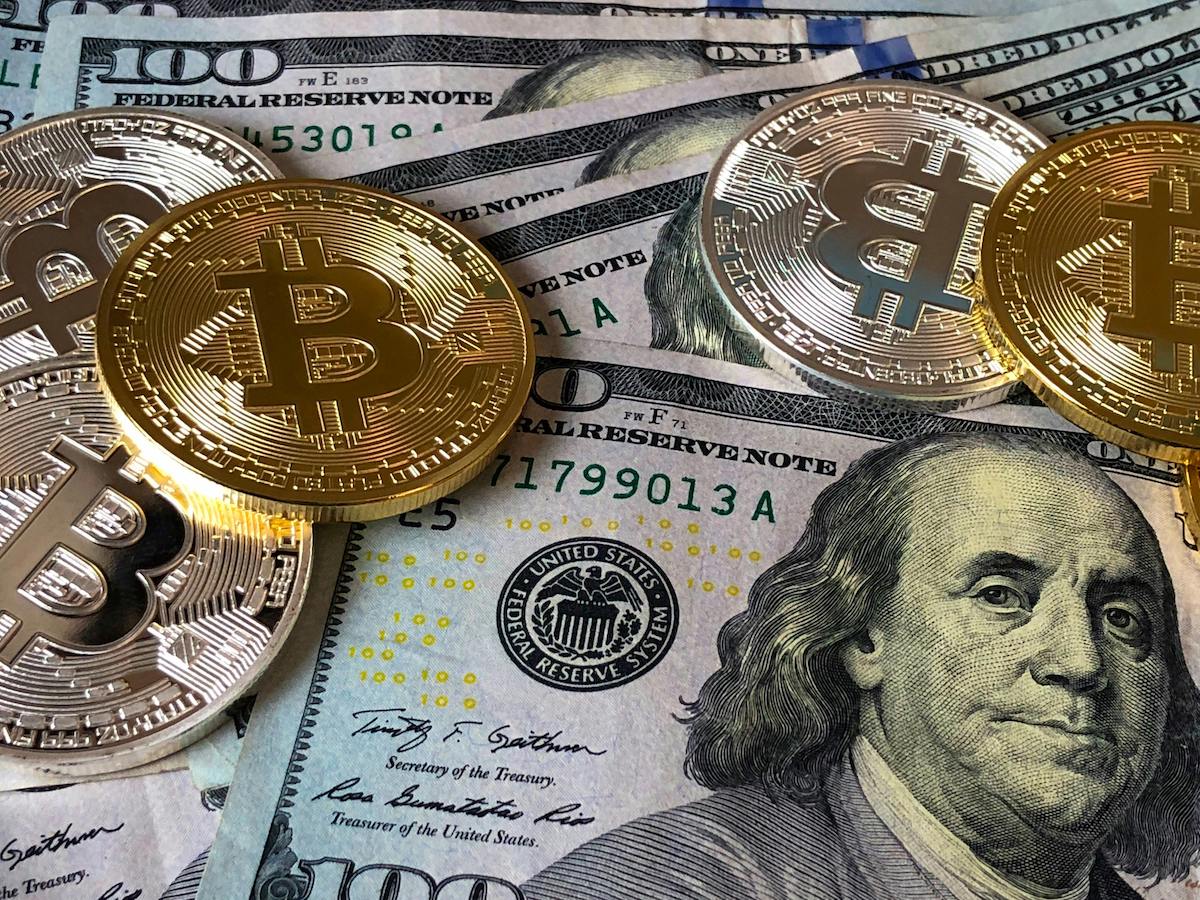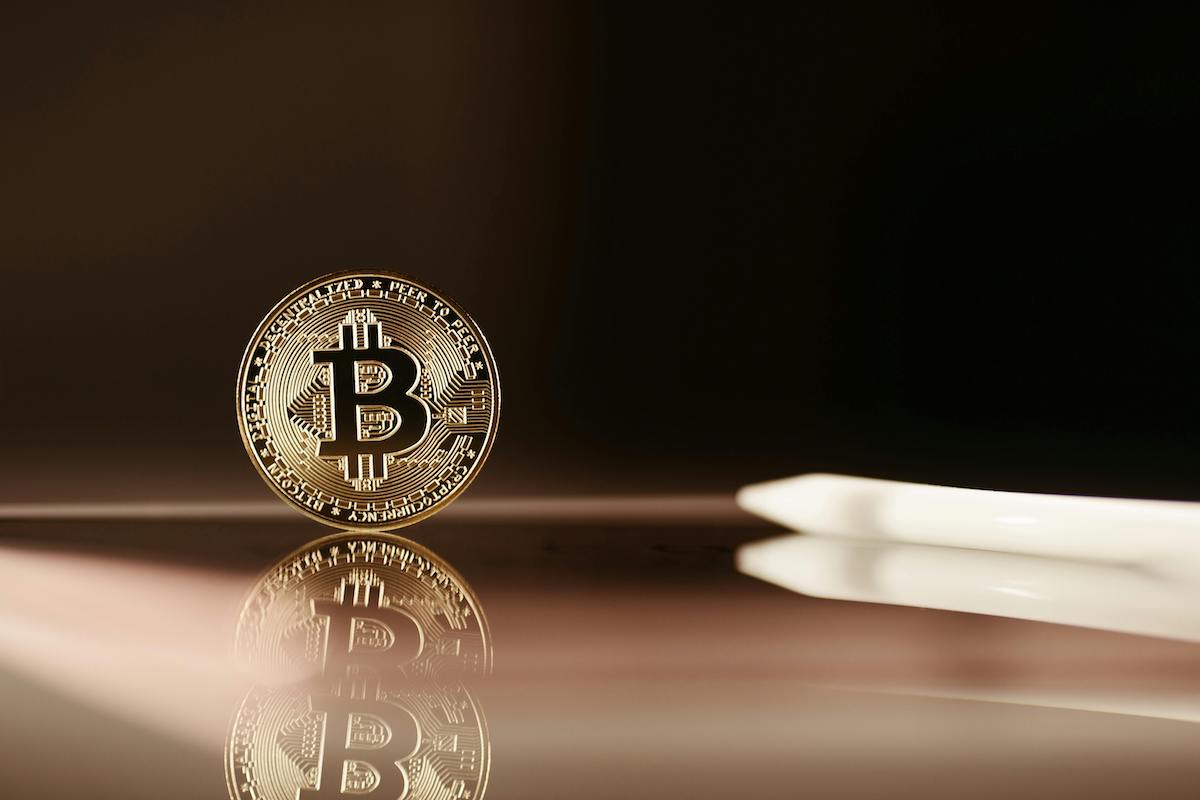Blockchain technology has revolutionized industries by offering transparency, security, and decentralization. However, for many people, understanding what’s happening on a blockchain can be a bit elusive. This is where blockchain explorers come into play. Blockchain explorers are web-based tools that allow users to view and explore data on a blockchain, providing insights into transactions, wallet balances, smart contract interactions, and more.
Whether you’re a developer, trader, or just a crypto enthusiast, understanding how to use blockchain explorers is crucial for navigating the crypto space. In this blog post, we’ll explore the different types of blockchain explorers, how to use them, and why they are essential for anyone involved in blockchain technology.
What is a Blockchain Explorer?
A blockchain explorer is a search engine for a specific blockchain. It allows you to view transactions, blocks, wallet addresses, and other data stored on a blockchain network. It’s a tool that makes the otherwise opaque blockchain data accessible, visual, and understandable to users. Blockchain explorers provide a user-friendly interface to interact with the blockchain in real-time.
Key features of blockchain explorers typically include:
- Transaction lookup: View details of individual transactions, including sender, receiver, timestamp, and amount.
- Block data: View details of specific blocks, including the block’s hash, miner, and transactions contained in the block.
- Wallet or address lookup: Track balances, incoming and outgoing transactions for a given wallet address.
- Smart contract interactions: Monitor calls made to smart contracts (in the case of Ethereum and similar networks).
- Network statistics: View metrics like block height, hash rate, transaction volume, and network health.
Popular Blockchain Explorers and How to Use Them
Each blockchain network has its own set of explorers designed specifically for that blockchain. Below are some of the most commonly used blockchain explorers for popular networks, along with instructions on how to use them.
1. Etherscan (Ethereum)
Etherscan is the most well-known blockchain explorer for the Ethereum network. It provides comprehensive data on Ethereum transactions, tokens, smart contracts, and more.
How to Use Etherscan:
- Transaction Lookup: To view a transaction, simply go to Etherscan and paste the transaction hash (TxID) into the search bar. You’ll be able to see detailed information about the transaction, such as the sender and receiver addresses, the gas fee paid, and the transaction status.
- Wallet Lookup: To track a wallet’s balance and transaction history, enter the wallet address into the search bar. Etherscan will display the current balance of the wallet in ETH and any associated tokens.
- Token Information: You can search for any ERC-20 token by name or contract address and view the token’s market statistics, transfers, and holders.
- Smart Contract Interaction: You can view contract details and transactions made to and from Ethereum-based smart contracts by searching for the contract address.
Example Use Case:
Suppose you sent Ethereum to a friend, but they didn’t receive it. By entering the transaction hash into Etherscan, you can confirm whether the transaction was successful, check the gas fees, and ensure the funds were transferred correctly.
2. Blockchain.com Explorer (Bitcoin)
Blockchain.com Explorer is one of the most trusted and widely-used explorers for the Bitcoin network. It allows users to view Bitcoin transactions, blocks, addresses, and more.
How to Use Blockchain.com Explorer:
- Transaction Lookup: Go to the Blockchain.com Explorer and input the transaction ID (TxID) into the search bar. You’ll see transaction details such as the sending and receiving addresses, transaction fees, and the number of confirmations.
- Block Lookup: You can also search for a specific Bitcoin block by entering its block height or block hash.
- Address Lookup: If you want to check the balance of a Bitcoin wallet, just input the wallet address in the search bar to see its balance and transaction history.
Example Use Case:
If you are running a Bitcoin node and want to monitor your own transactions, you can use Blockchain.com to search your wallet address and confirm the successful receipt of payments.
3. BscScan (Binance Smart Chain)
BscScan is the leading blockchain explorer for the Binance Smart Chain (BSC). Similar to Etherscan, it allows users to explore transactions, tokens, and smart contract interactions on BSC.
How to Use BscScan:
- Transaction Lookup: Enter a transaction hash (TxID) into the search bar on BscScan, and you’ll see all the details related to that transaction, including gas fees, sender, receiver, and block confirmation status.
- Token Lookup: You can also track specific BSC tokens (such as BEP-20 tokens). By entering the token’s contract address, you can view detailed information about the token, including its supply, holders, and transactions.
- Address Lookup: To view a wallet’s balance and transaction history, just input the wallet address into the search bar.
Example Use Case:
If you’re using a DEX (Decentralized Exchange) like PancakeSwap on Binance Smart Chain and want to track your transaction, you can paste the TxID into BscScan to check if your trade was successful and confirm the price at the time of the transaction.
4. Solscan (Solana)
Solscan is the most popular explorer for the Solana blockchain. It supports fast transaction lookups and extensive data on Solana’s blocks, transactions, and tokens.
How to Use Solscan:
- Transaction Lookup: On Solscan, paste the transaction hash into the search bar to view the transaction details, such as the sender, receiver, fees, and block confirmation.
- Address Lookup: To check a Solana wallet’s balance and transaction history, simply search by wallet address.
- Token Lookup: Solscan supports searching for Solana-native tokens (SPL tokens), providing information on token transactions, holders, and market data.
Example Use Case:
If you’re transferring SOL or any Solana-based token to a decentralized application (DApp), you can use Solscan to monitor your transaction in real-time and confirm if the transaction has been validated.
5. Cardano Blockchain Explorer (Cardano)
Cardano’s native blockchain explorer allows users to look up transactions and addresses on the Cardano network.
How to Use the Cardano Blockchain Explorer:
- Transaction Lookup: Simply enter the transaction ID into the search bar on Cardano Explorer, and you’ll see detailed information on the transaction, such as the date, amount, sender, and receiver.
- Address Lookup: You can check the balance of any Cardano wallet address by searching for the address directly.
- Block Lookup: You can also explore the current and past blocks on the Cardano blockchain by entering the block number or hash.
Example Use Case:
If you’ve staked ADA (Cardano’s native token) and want to check your rewards or the status of a transaction, Cardano Explorer can help you track the movement of your funds.
Why Are Blockchain Explorers Important?
Blockchain explorers offer transparency and accountability, two of the foundational pillars of blockchain technology. Here’s why they are essential:
- Transparency: Explorers provide an open and transparent view of all transactions and activities occurring on a blockchain, allowing users to verify transactions and ensure the accuracy of information.
- Security: By allowing anyone to independently verify transactions and blocks, blockchain explorers help increase trust in the system.
- Troubleshooting: If there’s an issue with a transaction (e.g., it didn’t go through or you didn’t receive your payment), blockchain explorers allow you to track and diagnose the problem.
- Exploring Blockchain Data: For developers or data analysts, blockchain explorers are a vital tool to examine smart contract interactions, token transfers, and overall network health.
Conclusion
Blockchain explorers are powerful tools that empower users to interact with and understand blockchain networks. Whether you’re an investor tracking your holdings, a developer debugging smart contracts, or just a curious crypto enthusiast, knowing how to use blockchain explorers is essential for navigating the space.
Each blockchain network has its own explorer, each offering unique features, but all serve the same fundamental purpose: providing transparency and visibility into blockchain activity. By understanding how to use these explorers effectively, you can gain a deeper understanding of the blockchain and make more informed decisions in your crypto journey.





